
- Éducation
How to give feedback as a leader with 4 proven models
Four proven feedback models for leaders-how to give feedback
Why 65% of employees complain that they don’t receive sufficient feedback? As the leader, your words shape your teams.
Poor feedback can demoralize, reduce output, or drive talent away.
The good news is that now you can really refine your feedback through the four proven models, SBI, COIN, GROW, and CEDAR.
These aren’t just theories-top leaders us them to drive growth and results.
For students or employees in leadership, these models ensure clear, impactful feedback.
Are you ready for the upgrade? Let’s get into how each model works and why they are game-changers.
What feedback means to leaders
Feedback is not a nice-to-have; it is a must-have. Teams with frequent feedback see 20% higher productivity. Yet, leaders often avoid feedback-why?
There lies the conflict-they would feel awkward giving feedback in the first place, or they truly do not know where to begin. Structured models provide a clear pathway. No room to guess, these models provide feedback to improve leadership skills.
You will see clear results. Let’s explore four models that make giving feedback easy and effective.
The SBI model: straightforward
SBI refers to the Situation, Behavior, Impact. It is simple and very powerful. State the situation. Then describe the behavior.
Finally, state the impact. For example: “During the meeting (S), when you interrupted others (B), it clearly made them feel worthless (I).”
The SBI model cuts the rubbish.For instance, it’s perfect for quick, constructive feedback. When you need to clear up the specific actions, this model should come into play.
It’s a great way to practice giving feedback as a leader.
The COIN model: positive and future-oriented
This model offers constructive feedback examples for leaders to inspire growth !
With a positive spin, COIN-Take note-Coin stands for Context, Observation, Impact, Next steps. Set the context. Share your observation.
Set the context. Share your observation.
Next, explain the impact and propose next steps. For instance: “In yesterday’s presentation (Context), you shared data clearly (Observation), which boosted the team’s confidence (Impact). Next time, try adding visuals (Next steps).” It keeps feedback positive and constructive, emphasizing growth while recognizing success.
The GROW Model: coaching for success
Developed by Sir John Whitmore, GROW is a coaching favorite. It stands for Goal, Reality, Options, Will. The first step is to create a goal.
The next step is to provide a snapshot of the current reality. After that comes exploring the options, and eventually, the commitment to act. Imagine saying: “Your goal is to lead meetings (Goal). Right now, you’re quiet (Reality). You could prepare talking points or ask questions (Options).
Which will you try? (Will).” On the other hand, GROW turns feedback into coaching session. Utilize it to empower others to find solutions.
The CEDAR model: collaborative and supportive
CEDAR is a team player’s dream come true. This model stands for Context , Examples , Diagnosis, Action, Review. Start with the context. Give some examples. Diagnose together.
Agree on actions. Put it all together and set a review date. eFor instance: in group projects (Context), you missed deadlines twice (Examples). Is workload an issue? (Diagnosis). Let’s adjust your workload (Action) and review next week (Review).
CEDAR is important for collaboration. It works best for complex feedback needing buy-in.
Meanwhile, it works best for complexe feedback needing buy-in.
Learning feedback with the right training
Feedback is not an inherent skill. It is learned. SBI, COIN, GROW, and CEDAR are your models; and you will need more than that.
However, mastering feedback takes practice. This is where E-newcademy.com comes in. Check out our leadership training to improve your feedback skills.
Explore courses like giving and receiving feedback for management and leadership online course.
You will find feedback skills for leaders through our courses.
Start today and become the leader your team needs tomorrow !
Before we finish, we’ve put together a list of 3 recommended courses by category if you want to develop your leadership skills and make a difference:
- Professional Certificate: Leadership Effectiveness Certificate Program
- Microcredential :PG level – Innovation and Leadership
- BTEC to pursue a diploma or degree: BTEC HNC Level 4 in Leadership and Management
Also, here’s a table to recap our blog post to summarize all the matrices we’ve seen together:

© 2025 E-newcademy SASU All rights reserved.



